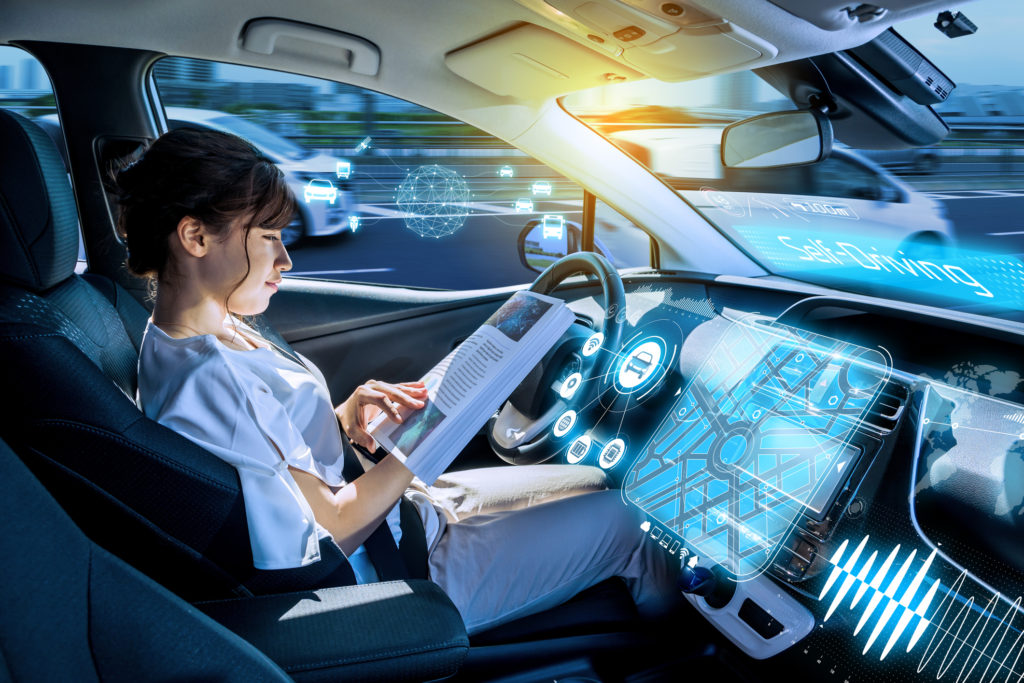Buzz Haven: Your Source for Trending Insights
Stay updated with the latest buzz in news, trends, and lifestyle.
Driven by Code: The Road to Robot Cars
Discover the future of driving with Driven by Code: explore the thrilling journey of robot cars and the tech revolution behind them!
How Do Robot Cars Understand Their Environment?
Robot cars, also known as autonomous vehicles, rely on an intricate network of sensors and algorithms to understand their environment. These vehicles are equipped with various types of sensors such as cameras, radar, and LIDAR, which work together to create a detailed map of their surroundings. The data collected by these sensors is processed in real-time using advanced machine learning algorithms that enable the car to identify objects like pedestrians, traffic signs, and other vehicles. This complex system allows robot cars to perceive and interpret the world around them, ensuring safe navigation.
Once the robot car detects its surroundings, it must then make decisions based on this data. This is achieved through a series of steps, including environmental recognition and path planning. The vehicle uses algorithms to evaluate different scenarios and potential hazards, ultimately selecting the safest and most efficient route. Continuous learning plays a crucial role in this process, as each journey provides valuable data that further refines the car's understanding of its environment. As technology advances, the ability of robot cars to autonomously navigate complex situations only improves, paving the way for a future where self-driving vehicles become a common mode of transportation.

The Role of Machine Learning in Autonomous Vehicle Development
The development of autonomous vehicles has significantly benefited from machine learning technologies, which enable these vehicles to learn from vast amounts of data. By analyzing patterns and utilizing algorithms, machine learning systems assist in processing information from various sensors, including cameras and LIDAR. This data processing empowers autonomous vehicles to make real-time decisions in complex environments, ensuring safety and efficiency. For instance, the ability to recognize pedestrians, interpret traffic signals, and respond to dynamic road conditions relies heavily on sophisticated machine learning models that improve over time through continuous training and data accumulation.
Moreover, machine learning plays a crucial role in enhancing the overall performance and adaptability of autonomous vehicles. Through techniques such as reinforcement learning, these vehicles can better navigate unfamiliar terrains and handle unpredictable situations. As they gather experience from numerous driving scenarios, they can refine their algorithms, leading to improved decision-making capabilities. In conclusion, the incorporation of machine learning in autonomous vehicle development not only revolutionizes the transportation industry but also paves the way for safer and smarter mobility solutions for the future.
Exploring the Future: What Will Fully Autonomous Cars Look Like?
As we explore the future of transportation, fully autonomous cars are at the forefront of technological innovation. Imagine a world where vehicles navigate seamlessly without human intervention, utilizing advanced sensors and artificial intelligence. These cars will be equipped with state-of-the-art technology, including:
- High-definition cameras for real-time navigation
- LiDAR systems to detect obstacles
- Machine learning algorithms for smart decision-making
This combination of technology promises not only increased safety on the roads but also a reduction in traffic congestion and emissions.
Moreover, the design of fully autonomous cars will likely evolve to prioritize comfort and functionality. The interior of these vehicles might resemble a mobile lounge, with spacious seating arrangements and customizable entertainment options. Passengers could engage in activities such as:
- Working remotely
- Enjoying virtual reality experiences
- Socializing with friends
As we look ahead, the integration of fully autonomous cars into our daily lives not only holds the potential to reshape urban infrastructure but also fundamentally changes the way we perceive mobility.